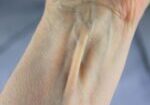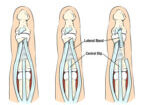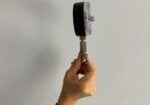Which orthosis design is better for zone 5-6 extensor tendon injuries, a relative motion orthosis compared to a dynamic extension orthosis?
Filed under Reviews
M. Buhler, ˝ D. Gwynne-Jones, M. Chin et al., (2023) Are the outcomes of relative motion extension orthoses noninferior and cost-effective compared with dynamic extension orthoses for management of zones V-VI finger extensor tendon repairs: A randomizedcontrolledtrialJournalofHandTherapy.
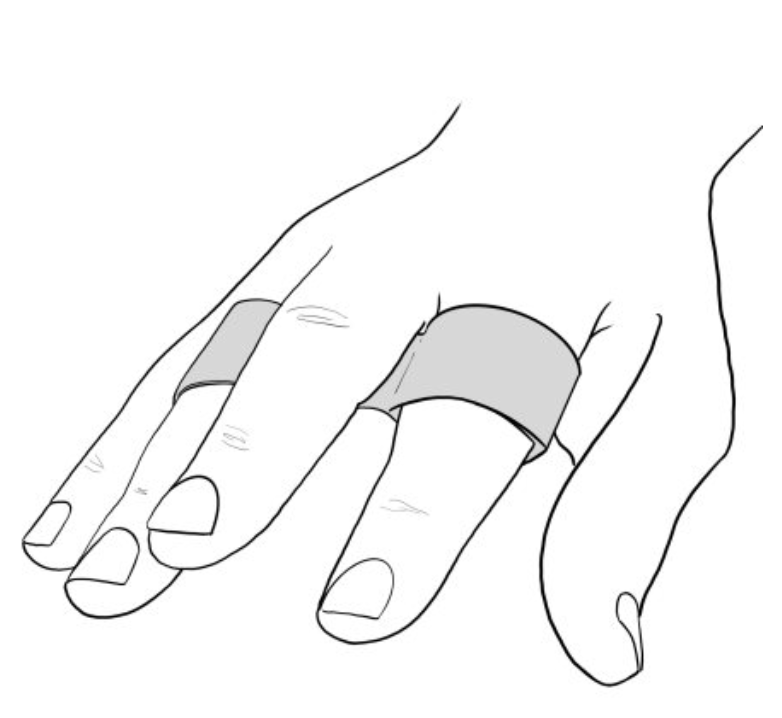
The Skinny: The aim of this study was to compare the data for two different types of orthoses for treating a zone 5-6 extensor tendon injury. Type one was a relative motion orthosis (RMO) plus, meaning the utilization of an RMO and a wrist support together. The second time was a dynamic wrist hand finger orthosis. Participant in both groups were fitted with a nighttime extension orthosis
In the Weeds: There were a total of 37 participants in the study with a mean age of 39 years old with an extensor tendon repair in zone five or six. The study design was a parallel group non-inferiority randomized controlled trial design. Non-inferiority design is used when an alternate intervention is not any worse than the current established treatment.
Outcome measures included primary and secondary outcomes. The primary outcome measure was the total active range of motion (TAM), and the secondary outcomes included patient satisfaction, Quickdash and quality of life. These were measured at 6 and 12 weeks post-operative. Grip strength was only assessed at 12 weeks.
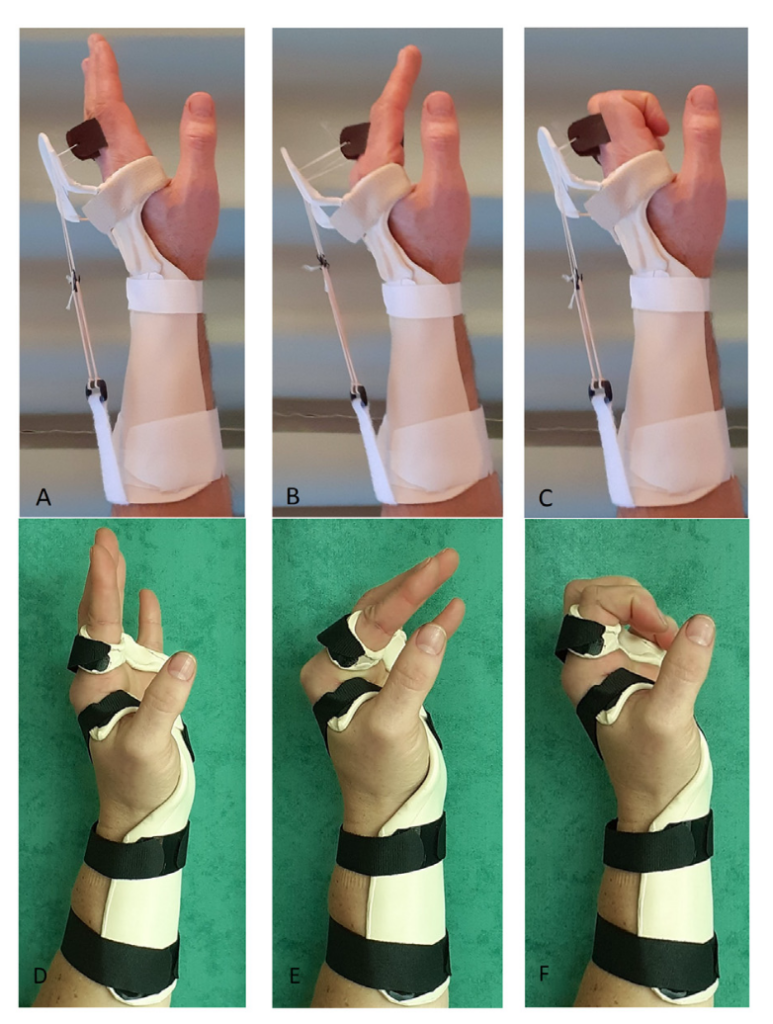
Image from article M. Bu ̋hler, D. Gwynne-Jones, M. Chin et al./Journal of Hand Therapy. Image A, B, and C depicts the dynamic orthosis group & image D, E, and F depicts the RMO plus group
Brining it Home:
There were no statistical differences in total active range of motion, orthotic or outcome satisfaction. Patient in the RMO plus group were more compliant in wearing the RMO plus compared to those wearing the dynamic orthosis. On average participants returned to work in both groups at 7 weeks post-operative. During the study there were two tendon ruptures in the RMO plus orthosis group compared to one in the dynamic orthosis group.
RMO plus management of extensor tendon injuries was determined to be non inferior to the dynamic orthosis group in terms of all outcome measures.
Rating : 4/5
Limitations to this study include the small sample size as well as the fact that all study participants were males showing a lack of generalizability. However even with the limitations of the study, it was shown that each patient group had equal findings and both types of orthotic designs are safe to use with zone 5 and 6 extensor tendons.
More To Read
Carpal Tunnel Treatment: Splinting Only vs Splinting & Conservative Treatment
Short-term clinical outcome of orthosis alone vs combination of orthosis, nerve, and tendon gliding exercises and ultrasound therapy for treatment of carpal tunnel syndrome. Sim, Sze En et al. Journal of Hand Therapy, Volume 32, Issue 4, 411 – 416 The Skinny- Carpal tunnel syndrome (CTS) is the most common compression neuropathy. Compression of the…
Read MoreExploring Unique Hand Anatomy
Exploring Unique Hand Anatomy The human hand is a marvel of intricate design with a combination of fine motor capabilities and strength that enable us to perform fine motor tasks ranging from delicate surgery to more gross motor tasks such as carrying heavy loads. However, no two hands are exactly alike. Anatomical variations while they…
Read MoreDifferential Diagnosis: Trigger Finger vs. Subluxing Sagittal Band Injury vs. Subluxing Lateral Band
Differential Diagnosis: Trigger Finger vs. Subluxing Sagittal Band Injury vs. Subluxing Lateral Band Hand therapists frequently encounter patients presenting with finger pain, clicking, and difficulty with tendon glide. Among the most commonly confused conditions are trigger finger, subluxing sagittal band injury, and subluxing lateral band. Each of these pathologies involves different anatomical structures and biomechanical…
Read MoreArticle Review: Trapeziectomy and LRTI: What can patients with CMC osteoarthritis expect 12 months after the procedure?
Janakiramanan, N., Miles, O., Collon, S., Crammond, B., McCombe, D., & Tham, S. K. (2021). Functional Recovery Following Trapeziectomy and Ligament Reconstruction and Tendon Interposition (Trapeziectomy and LRTI): A Prospective Longitudinal Study. The Journal of hand surgery, S0363-5023(21)00304-X. Advance online publication. https://doi.org/10.1016/j.jhsa.2021.04.036 The skinny: Patients with trapeziometacarpal (TMC) osteoarthritis who are candidates for a trapeziectomy and…
Read MoreSign-up to Get Updates Straight to Your Inbox!
Sign up with us and we will send you regular blog posts on everything hand therapy, notices every time we upload new videos and tutorials, along with handout, protocols, and other useful information.



